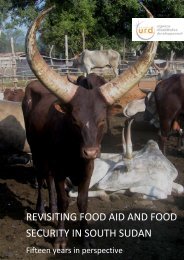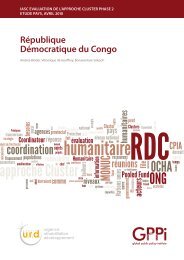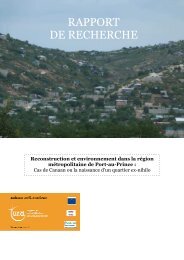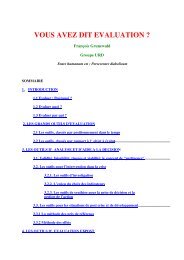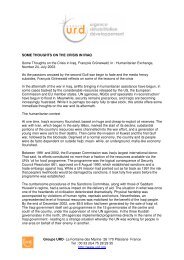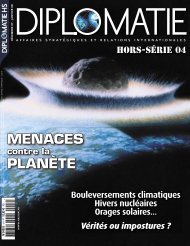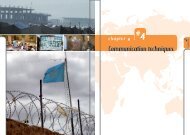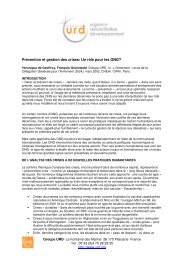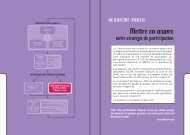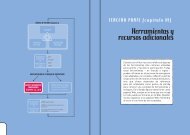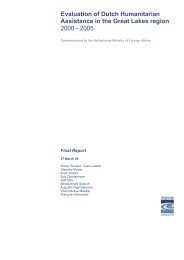Kabul Urban Survey - Groupe URD
Kabul Urban Survey - Groupe URD
Kabul Urban Survey - Groupe URD
You also want an ePaper? Increase the reach of your titles
YUMPU automatically turns print PDFs into web optimized ePapers that Google loves.
Figure 10<br />
Map 22<br />
Airport<br />
Protected<br />
areas<br />
Residential areas<br />
<strong>Kabul</strong> River<br />
Cross road<br />
Critical point<br />
Old Center<br />
Barier of hills<br />
Source: Z. Breshna<br />
“At the moment, the chief characteristics of the historic centre are, primarily, poverty, misery<br />
and ruin; about 80% of the structural fabric of the old town (450 ha) has been destroyed".<br />
Comments<br />
The beginnings of a spatial analysis<br />
Looking at maps of <strong>Kabul</strong> from the past and the present gives us some clues for<br />
understanding the present urban situation, such as:<br />
- Specific physical position<br />
- History linked to this position<br />
- Current situation<br />
- Spatial location of different type of urban needs<br />
- Strategic development of the city firstly in the protected areas in the east and then<br />
informal expansion on the west side in agricultural areas.<br />
Strategic and vulnerable<br />
The strategic defensive position with the hills meant that the city enjoyed a certain<br />
amount of natural protection for its development. However, over the past few decades,<br />
this position has also led to the city’s destruction, as represented by the black areas in<br />
Breshna’s diagram.<br />
Crux of the city<br />
This strategic point is today at the origin of a huge traffic problems and severe<br />
constraints. This problem has reached such a critical level that it could serve as a<br />
pretext for putting in place a public transport system as mentioned in some reports. It is<br />
Page 62



